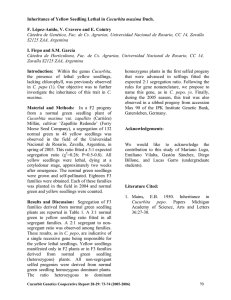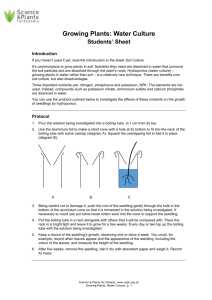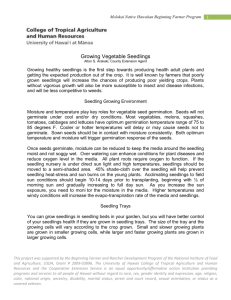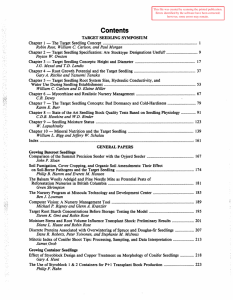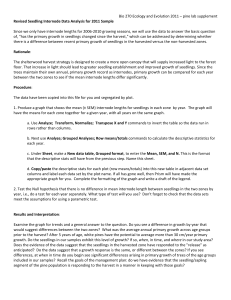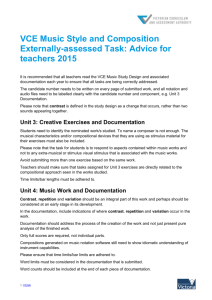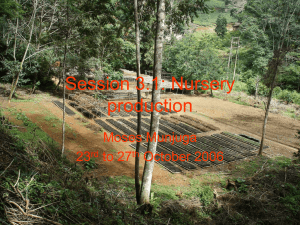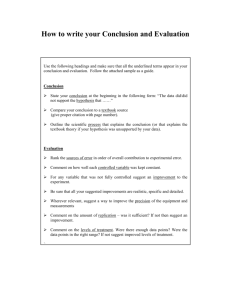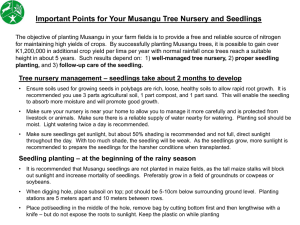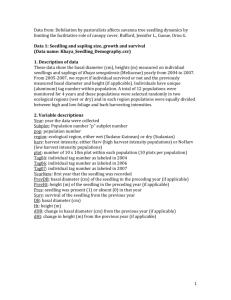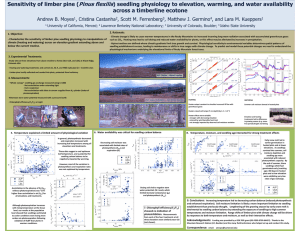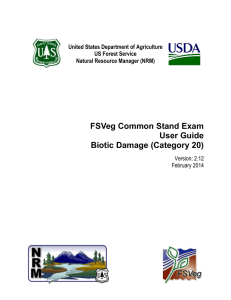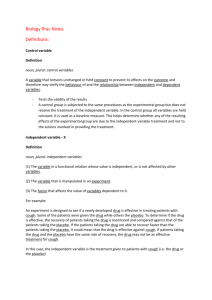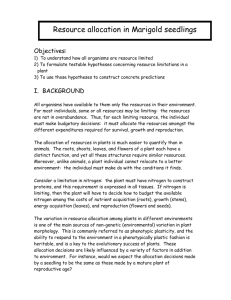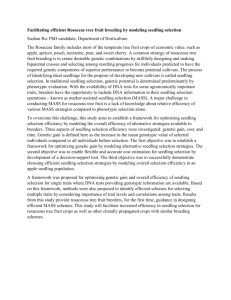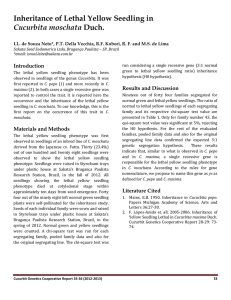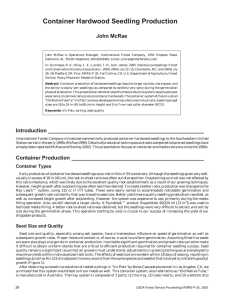Living organisms - exercises and discussion
advertisement
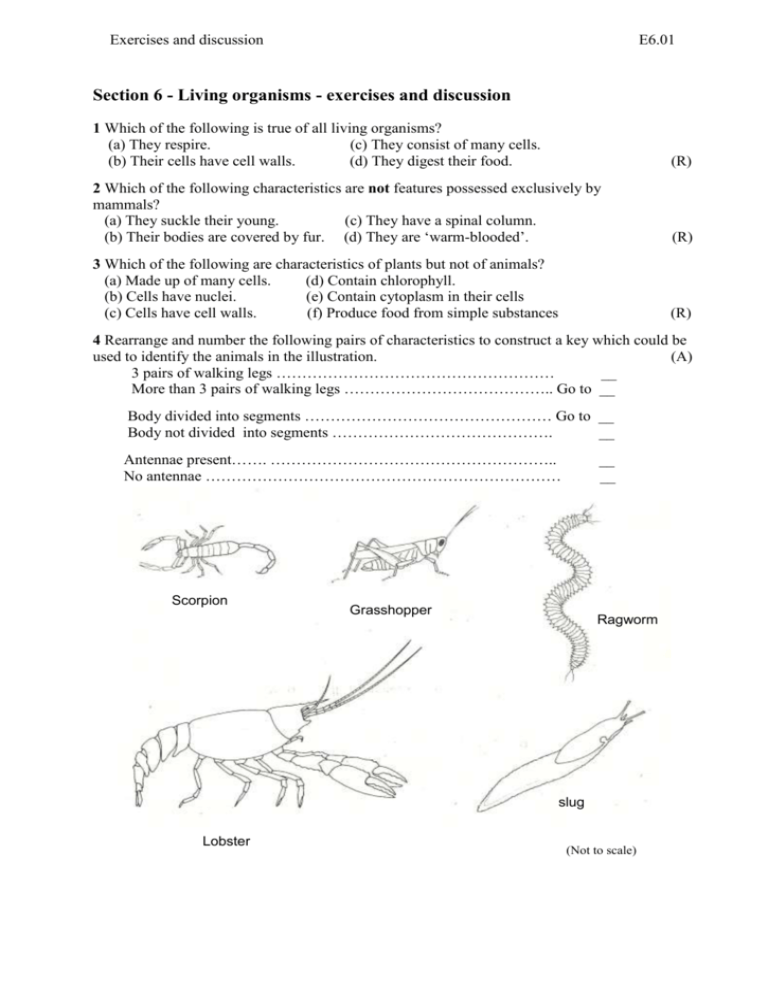
Exercises and discussion E6.01 Section 6 - Living organisms - exercises and discussion 1 Which of the following is true of all living organisms? (a) They respire. (c) They consist of many cells. (b) Their cells have cell walls. (d) They digest their food. (R) 2 Which of the following characteristics are not features possessed exclusively by mammals? (a) They suckle their young. (c) They have a spinal column. (b) Their bodies are covered by fur. (d) They are ‘warm-blooded’. (R) 3 Which of the following are characteristics of plants but not of animals? (a) Made up of many cells. (d) Contain chlorophyll. (b) Cells have nuclei. (e) Contain cytoplasm in their cells (c) Cells have cell walls. (f) Produce food from simple substances (R) 4 Rearrange and number the following pairs of characteristics to construct a key which could be used to identify the animals in the illustration. (A) 3 pairs of walking legs ……………………………………………… __ More than 3 pairs of walking legs ………………………………….. Go to __ Body divided into segments ………………………………………… Go to __ Body not divided into segments ……………………………………. __ Antennae present……. ……………………………………………….. No antennae …………………………………………………………… __ __ Jointed legs……………………………………………………………Go to __ No jointed legs ………………………………………………………. __ Scorpion Grasshopper Ragworm slug Lobster (Not to scale) Exercises and discussion E6.02 Section 6 - Living organisms - exercises and discussion (continued) 5 Which of the following distinguish humans from all other primates? (a) External ears. (d) Have a memory. (b) Five-fingered hands. (e) Power of speech. (c) Can walk on hind legs. (f) Intelligence. (R) 6 A biologist comes across a jelly-like substance attached to a stone in a fresh-water lake. What tests and observations might the biologist carry out to discover whether the jelly is a living organism or contains living organisms? (E) 7 An unfamiliar vertebrate is discovered in a tropical forest. It is observed to spend much of its time in water, has four limbs, eyes, nostrils and a body temperature which varies with that of its surroundings. (a) To which classes of vertebrate might this animal belong? (b) What other features would you look for to be reasonably sure which was the correct class? (A) 8 A young tomato plant in a pot is turned on its side. After 24 hours the stem develops a curve which makes the top of the shoot vertical once more. (a) What is the stimulus which produces this response? (b) What name is given to this type of response in plants? (c) How would you expect the roots to respond to this type of stimulus? (d) What control experiment could be done to check that the shoot was responding to the stimulus suggested in your answer to (a)? 9 Equally spaced ink marks are made on the radicle of a pea seedling. The seedling, with its radicle, horizontal as shown, is pinned to a card which is placed in a screw-top jar with some water. The jar is left in darkness for 24 hours. (a) Make a drawing to show how the seedling might look after this time. (b) What is the advantage to the seedling of this type of response? . (c) Why was the jar left in darkness? (A) 10 Sunflower seedlings growing in moist soil in a flower pot, were placed inside a cardboard box with a lid. A 'window' was cut in one side of the box to admit light on the right-hand side of the seedlings. The drawing shows the shoot of one of the seedlings at start of the experiment. (a) Make a drawing to show how the seedling might appear after 12 hours. (b) What name is given to the response made by the seedling? (c) What was the stimulus which produced this response? (d) What is the advantage to plants which make this response? (e) What control experiment could be set up to check that the response was made to the stimulus suggested in your answer to (c)? (R/A) 11 What differences would you expect to see between pea seedlings grown for 10 days in total darkness and pea seedlings grown in the light for the same period of time? (A) (R)


